New objectivity is an artistic movement which arose in Weimar Germany, which focused largely on unsentimental reality and the objective world, as a reaction against the more abstract, romantic, or idealistic tendencies of Expressionism.
The photographic areas of this movement take the form of many artists, beginning with Albert Renger-Patzsch and his book The World is Beautiful, published in 1928. His work placed a focus on the ordinary beauty of the world and its everyday sights.
![RENGER-PATZSCH, Albert. Die Welt ist Schön. [The World is Beautiful.] Munich: Kurt Wolff, 1928. 4° (287 x 213 mm). 100 black and white photographs. (Light spotting on the last plate.) Original blue](https://www.christies.com/img/LotImages/2011/CSK/2011_CSK_03013_0426_000(renger-patzsch_albert_die_welt_ist_schon_the_world_is_beautiful_munich024522).jpg?mode=max)
The compositions include imagery from both man-made and naturally occurring sources.

These images challenged traditional styles as they documented the rapid industrialisation in Europe and America and, following the First World War’s chaos, the artists of the time found that a rejection of the emotional and spiritual concerns of Expressionism and an interest in the rational and political was what they needed at this time. His work is a widely known staple of the movement, and its fame and nuance inspired other artists to begin to take more objective and sober images.
Another artist from this movement is Walker Evans, famous for his images of everyday objects/tools in his series ‘Beauties of the common tool‘.

In framing the items in this way, Evans redefines them as something beautiful and intricate – as opposed to their menial and soulless function and form. They are presented as central upon a plain white background to ensure all attention is focused on the shape and detail of each tool. This fits into the style of New Objectivity because of its rawness, honesty and ability to reassign meaning to everyday objects.
Another relevant artist is Darren Harvey-Regan, who’s work is far more recent than those previously discussed.
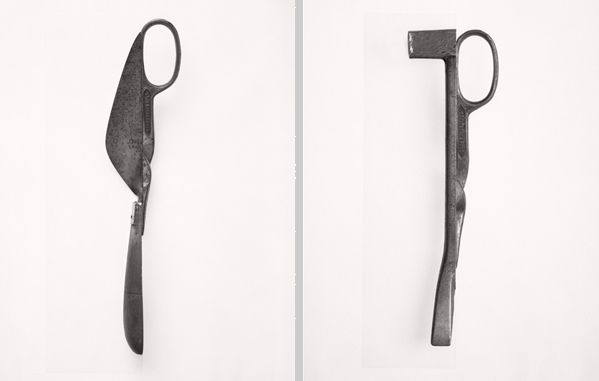
Harvey-Regan heavily draws inspiration from the aforementioned Walker Evans in his series ‘Beauties of the Common Tool, Rephrased‘ from 2013, wherein he ‘sourced matching tools, cut them in half and re-joined various halves together, with the resulting physical objects being photographed to create his final work. The montaged tools become both beautiful and bizarre objects, in which a ratchet wrench is combined with a pair of pliers and a Mason’s trowel joined with a pair of scissors.’
My response to New Objectivity
Here are some images I took in my home that illustrate the interesting perspective that the movement indicates – that everything is beautiful and worthy of being photographed.
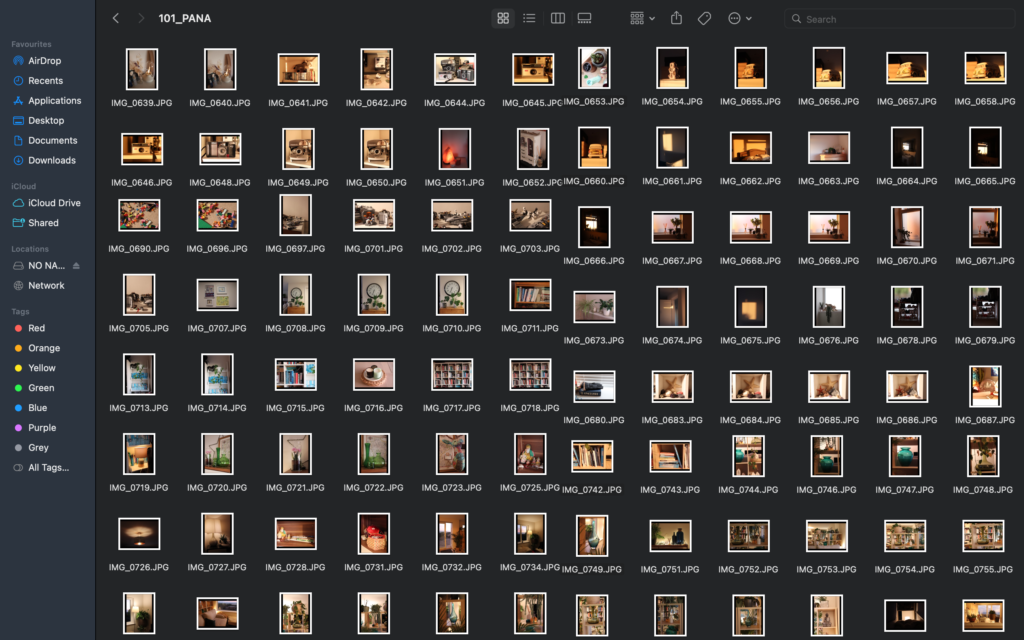
Here are some edits from Lightroom, where I increased clarity, grain and texture and I added a b&w filter to some.

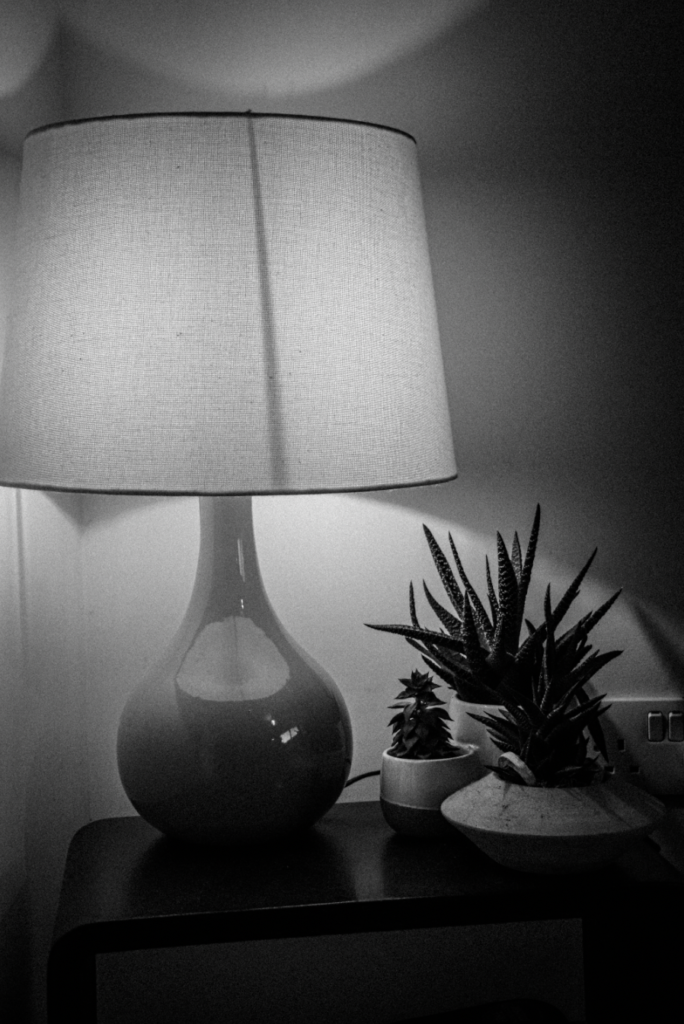
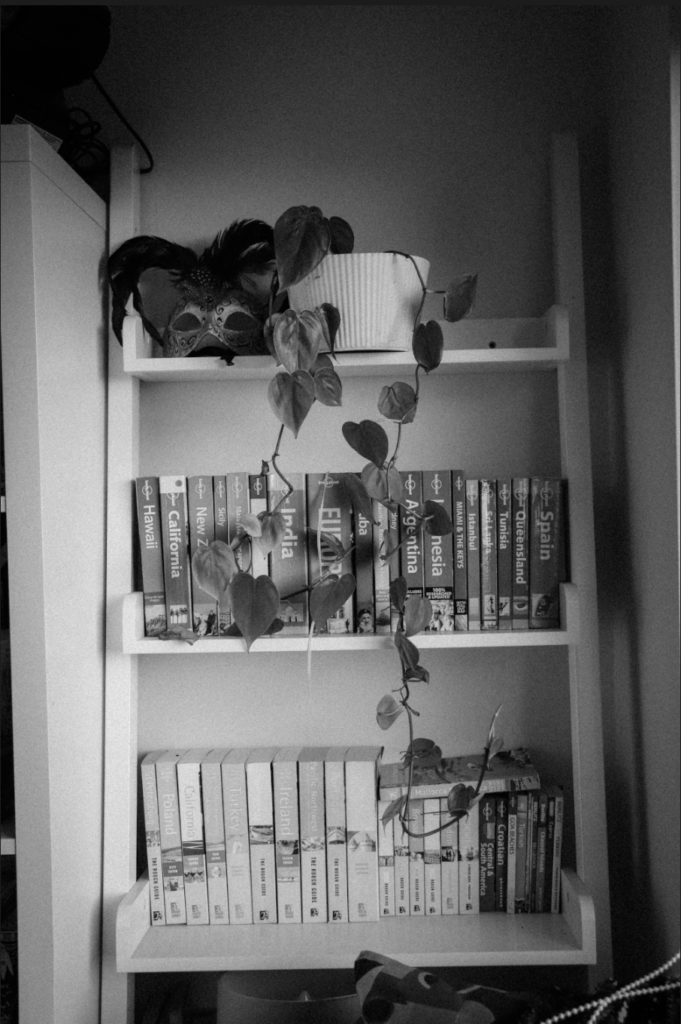

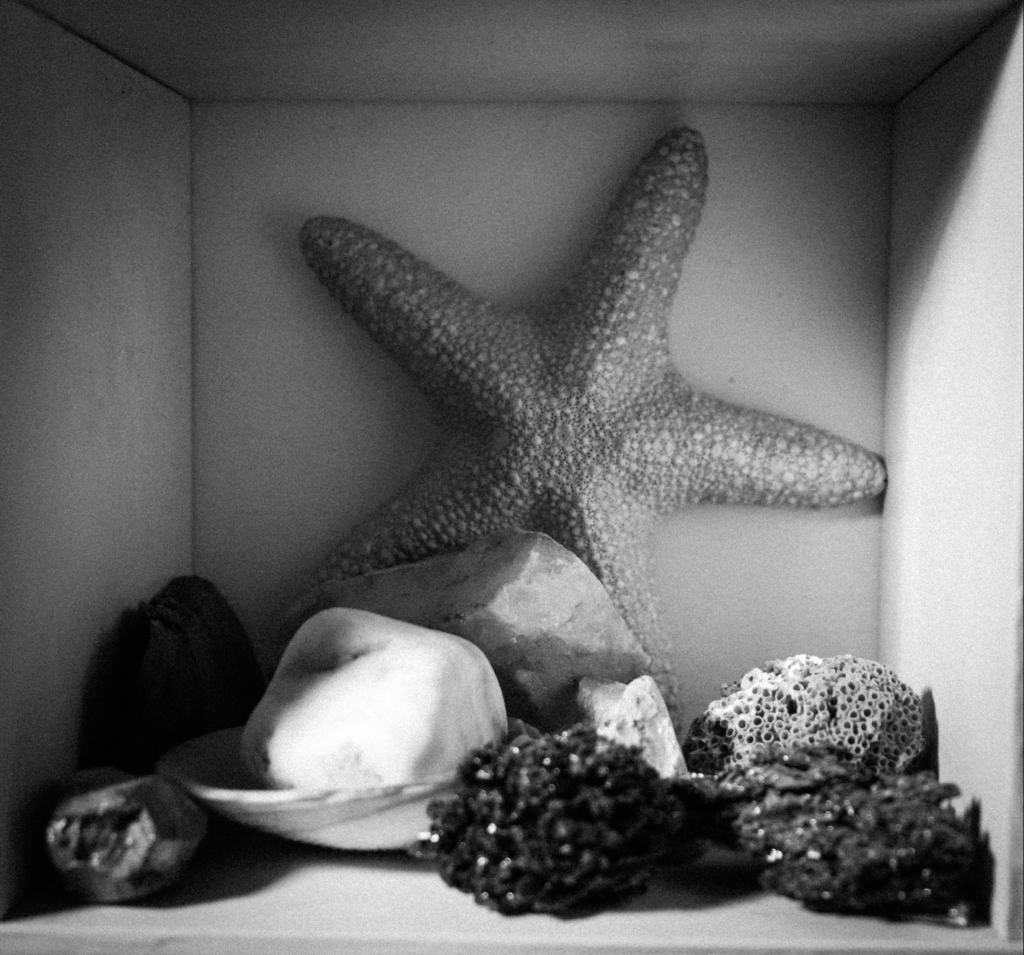
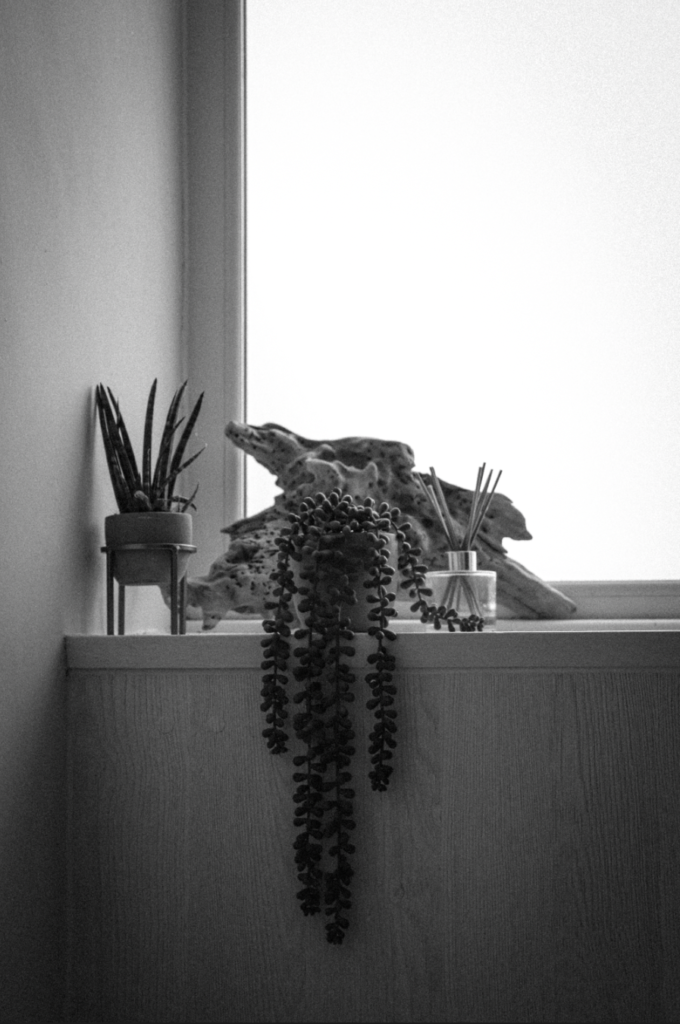

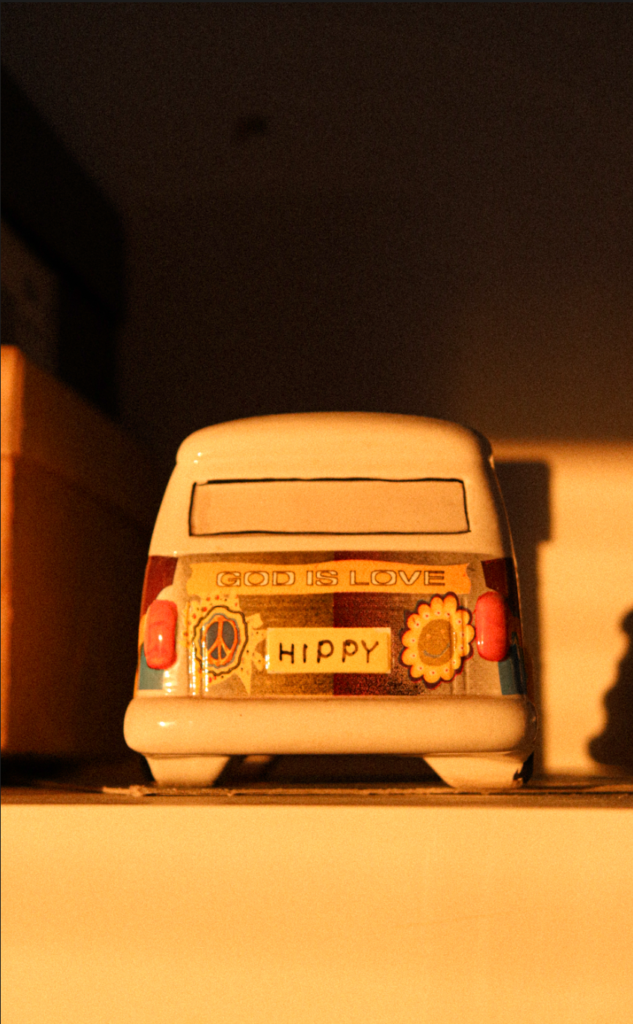
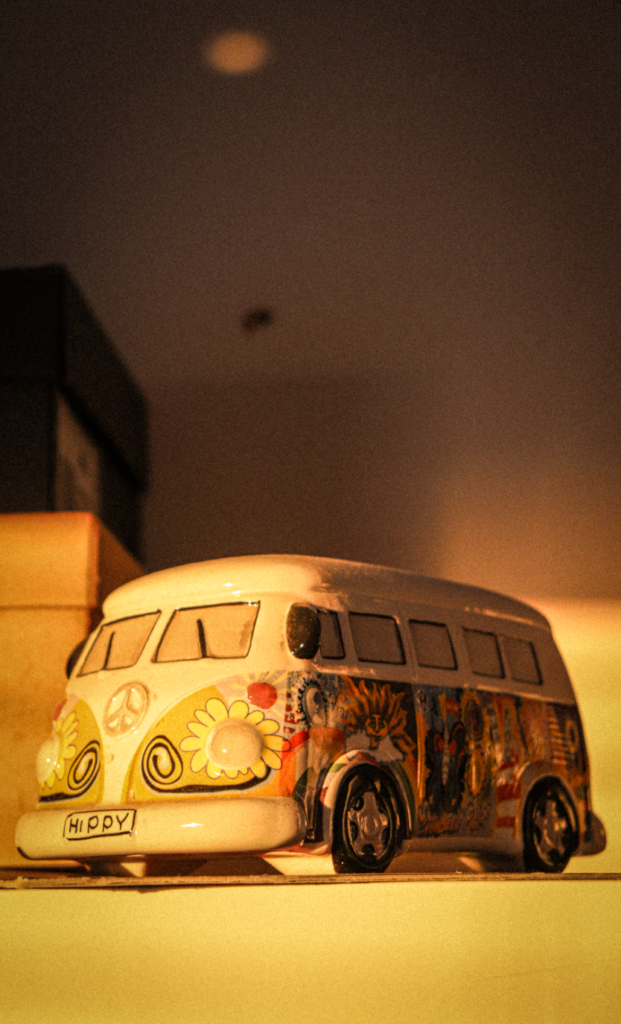
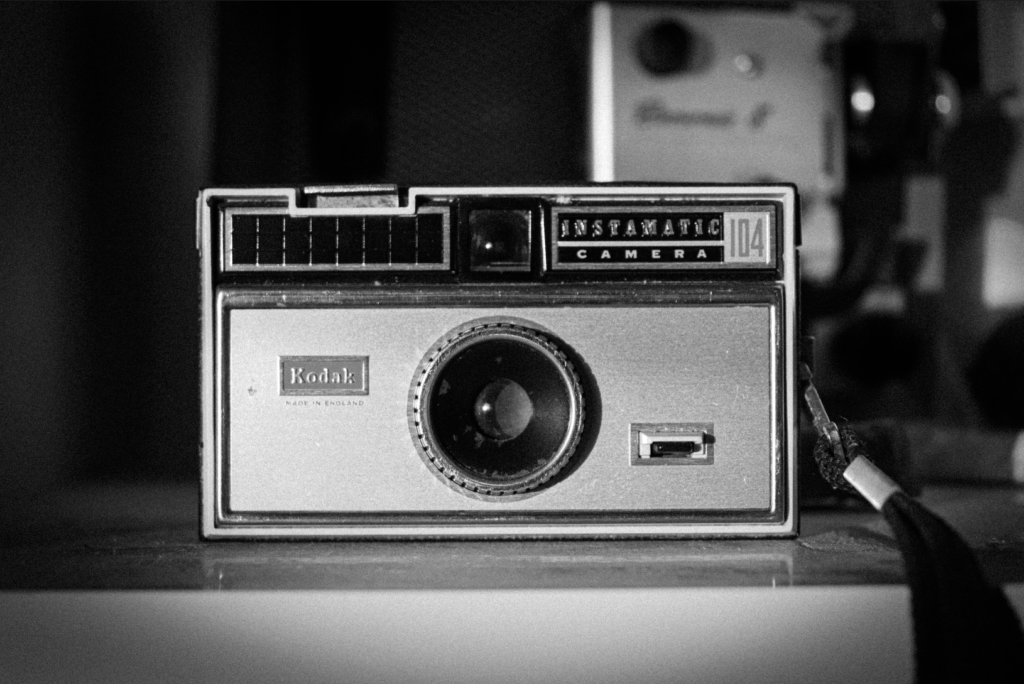
Overall, I don’t think these responded entirely correctly to what I was trying to achieve – so I may wish to reattempt a shoot soon. However, some do really have the aspect of formalism and order I was aiming for.

Excellent blog post…successful responses too!